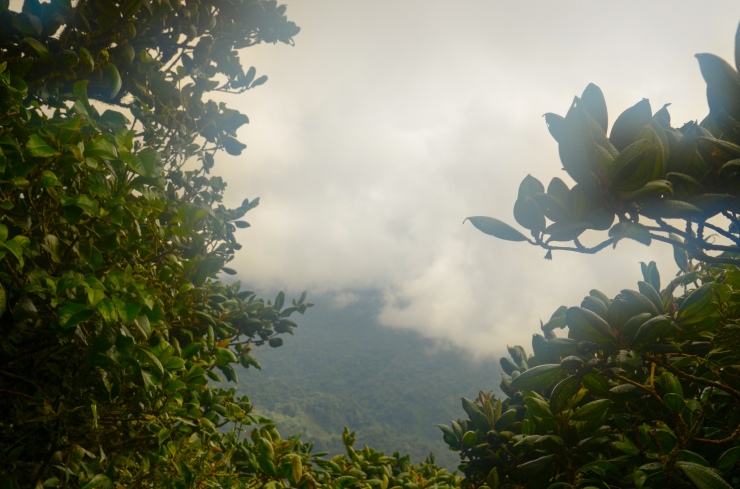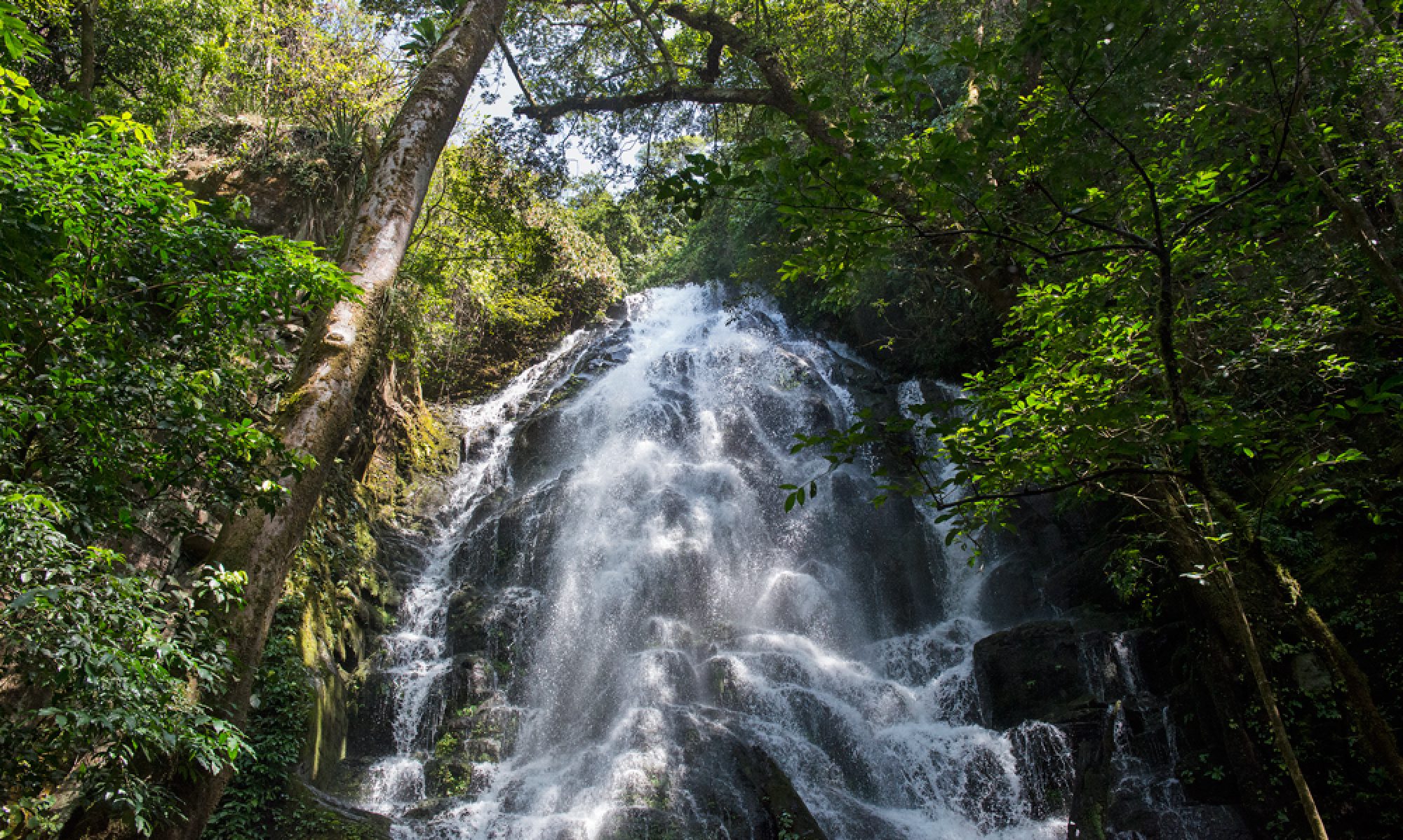 By Holly Enowski and Paige Kasten
By Holly Enowski and Paige Kasten
Photo by Mark Powers
MONTEVERDE, Costa Rica —
1.) Waste Watchers
“The entire ecosystem in the Bellbird Biological Corridor is in danger,” said Katy VanDusen, coordinator for Monteverde Commission for Resilience in Climate Change.
How tourists contribute: trash. “When people come on vacation, they don’t care about the trash they produce,” said Selena Avendaño, Supervisor for Community Initiatives at the Monteverde Institute (MVI). Local services have immense pressure from garbage, water and light pollution. With Monteverde Fund, you can pay an amount equivalent to your carbon emissions.
2.) Drink (H20) responsibly
Tourism causes issues with water consumption, Avendaño said, and while efforts to better capture and store water are underway, they alone are insufficient.
“As much as we protect [the environment] in Monteverde, we have to protect those down there and along the corridor,” said Ricardo Guindon, naturalist guide. Water flows into the ocean and ultimately into our food supply.
“A lot of people buy instead of refilling,” said Victorino Molina Rojas, president of the WaterTown Association. Instead, drink local potable water from reusable bottles.
3.) Immerse yourself
Keep a childlike wonder while exploring the cloud forest and spotting species endemic to the region, like the Quetzal and Bellbird. Costa Rica is home to 1% of the world’s cloud forests. One way to stay immersed: avoid headphones – it makes you oblivious to the sounds around you, Guindon said. Along the corridor, many Ticos appreciate the effort of attempting to speak Spanish and will show you grace for trying.
4.) Do your part
You may be a “closet conservationist” like Guindon’s father Wilfred, who introduced chainsaws to Monteverde and later co-founded the Cloud Forest Reserve, but we all have a critical role in protecting the environment.“We sometimes forget that what happens in nature impacts us as humans somehow,” said Avendaño. “Each decision we make has a consequence somewhere else.” The “conservation mentality has to be taught,” Guindon said. Education about the environment and sustainability is necessary along the corridor.
5.) Sharing is caring
Swedish teachers and their classes became concerned about the forest after a visit from a North American scientist, later starting a project that led to the creation of the Children’s Eternal Rainforest. The effort has raised “over $1 million for preservation and generated attention to the pristine cloud forest,” Guindon said. Upon visiting the region, you have a duty to share the stories and experiences to create a global community of eco-conscious citizens.
Edited by Bryanna Barber
